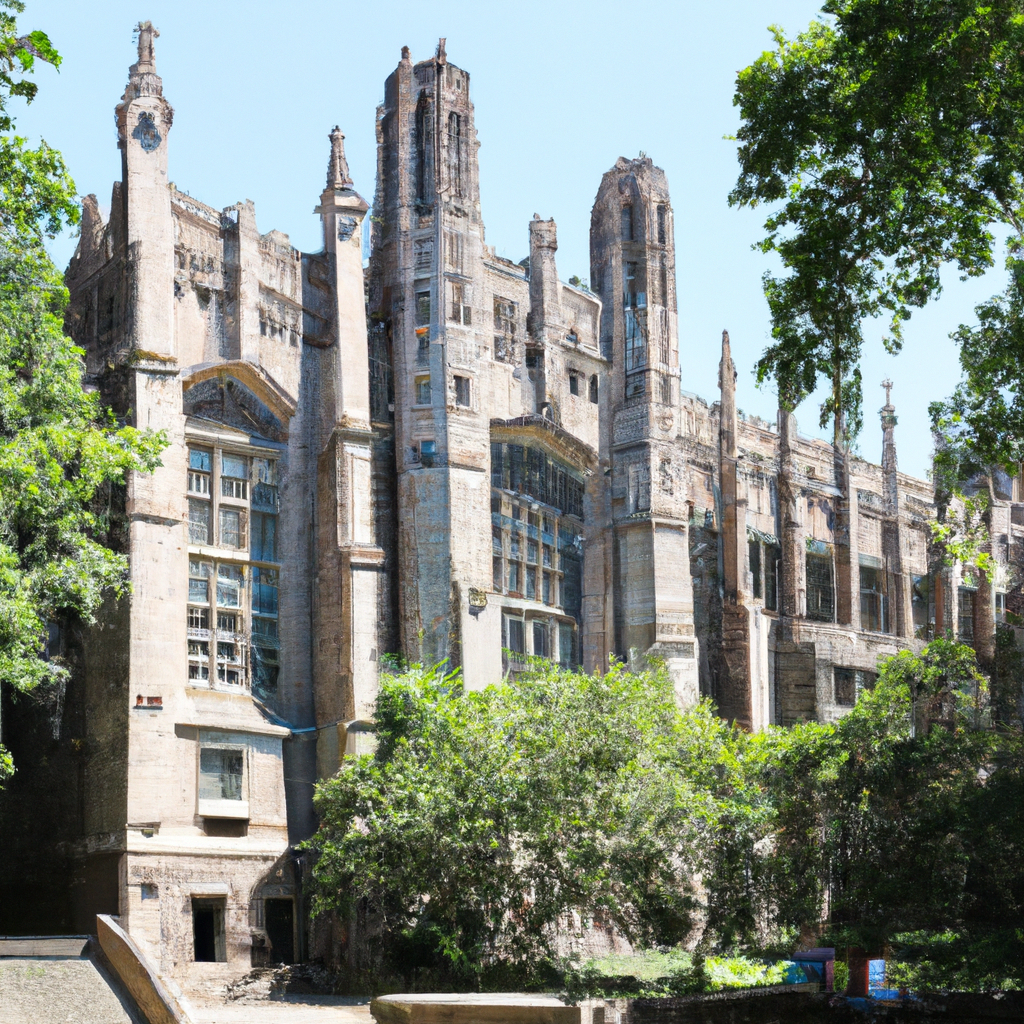
In an unexpected turn that sent ripples through the cultural fabric of Philadelphia, and indeed, the broader artistic community, the historic University of the Arts has abruptly announced its closure. After 148 years of fostering creative talent and contributing immeasurably to the arts landscape, the institution disclosed a disheartening reality masked behind its esteemed facade—the "weakened" financial reserves inadequate to sustain its future, exacerbated by the loss of accreditation.
The closure of such a venerable institution is not merely a local loss but a cultural void that resonates across the artistic communities. It prompts a reflective pause on the vulnerability of educational institutions dedicated to the arts and the precarious nature of funding that sustains them.
Founded in the late 19th century, the University of the Arts has been a crucible for artistic talent, nurturing the minds of those who would go on to become luminaries in diverse fields of creative endeavor. Its corridors, alive with the vibrant energy of impassioned discourse and revolutionary ideas, now stand silent, beckoning a solemn contemplation of what the future holds for the preservation of art in the fabric of society.
This poignant cessation brings to light a critical dialogue about the intrinsic value of art education and its indispensable role in enriching societies and fostering human expression. As we witness the shuttering of a bastion of creativity, one is compelled to question the collective commitment to sustaining such essential institutions that serve not only as educators but as custodians of culture and innovation.
Amidst this melancholic farewell, the spirit of what the University of the Arts represented remains a beacon of inspiration. It underscores an urgent call to reassess and reinforce the support structures that enable such institutions to thrive and continue their invaluable contribution to the cultural and societal enrichment of our communities.
The closing of the University of the Arts is a stark reminder of the fragility of cultural education in the modern financial landscape. It is a clarion call to all patrons of the arts, policy makers, and educational leaders to ensure that this unfortunate end is not a foreshadowing of a declining trend, but a catalyst for revitalizing support and recognizing the essential role of art in human progress.
As we bid adieu to an institution that has given so much to the artistic community, let us advocate for a future where arts education is not just preserved but is celebrated and expanded upon. The essence of cultural preservation lies in the collective efforts of individuals who value and uphold the sanctity of artistic expression. In the demise of the University of the Arts, let this not simply be an epitaph but a profound motivation for reinvigorating the arts within our society.